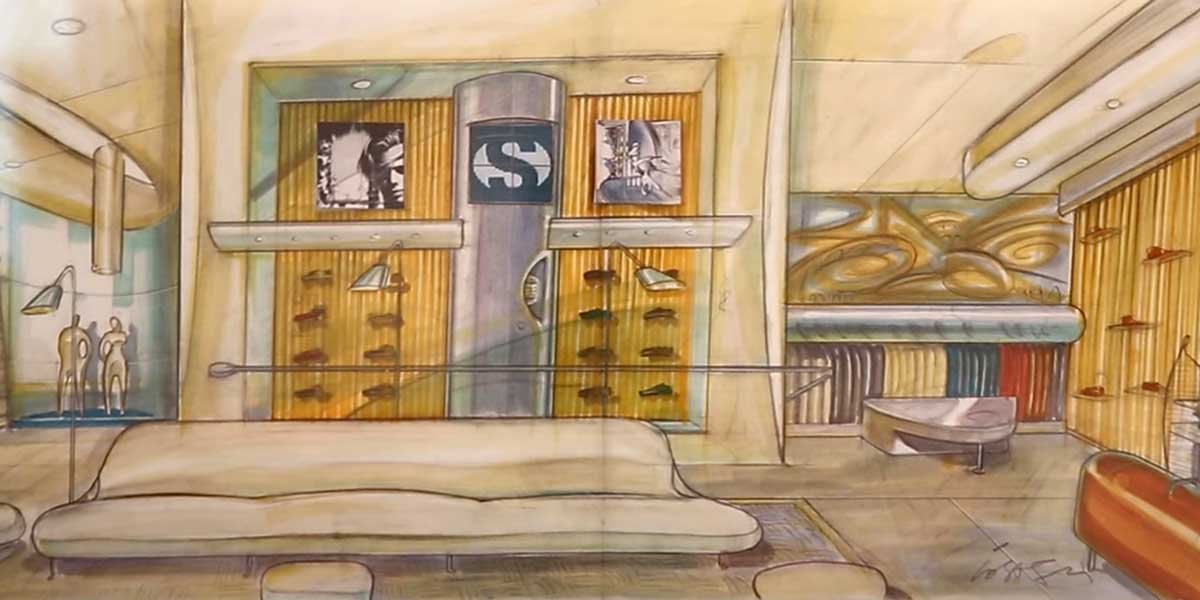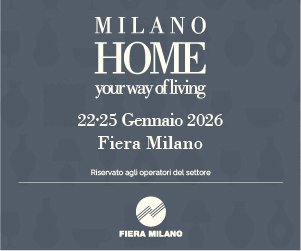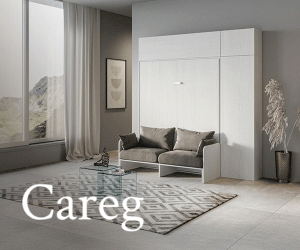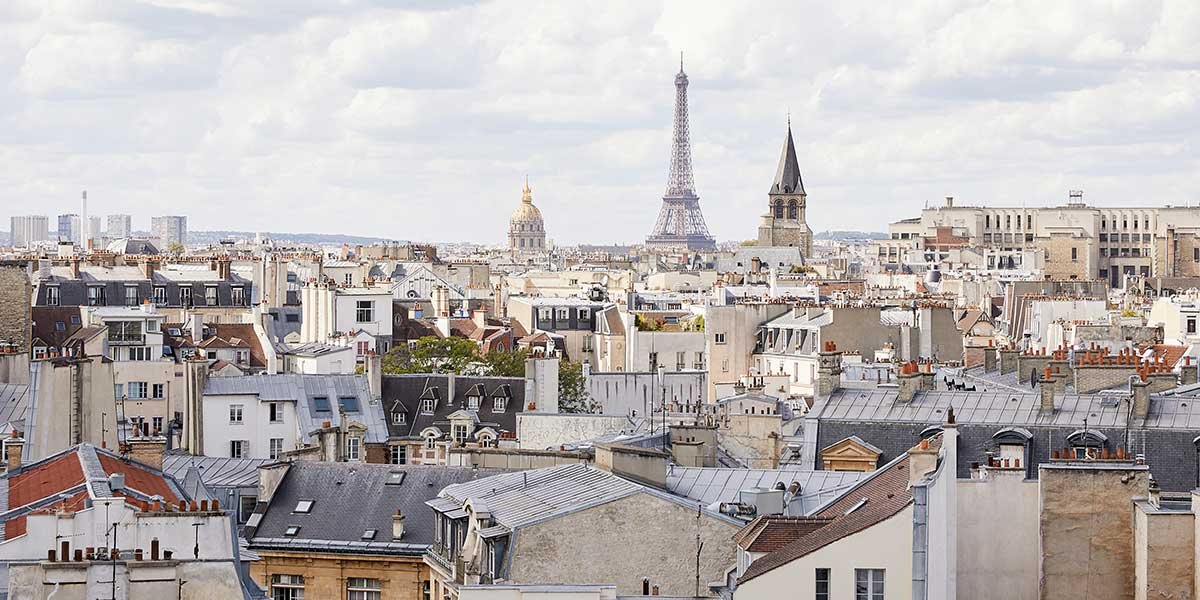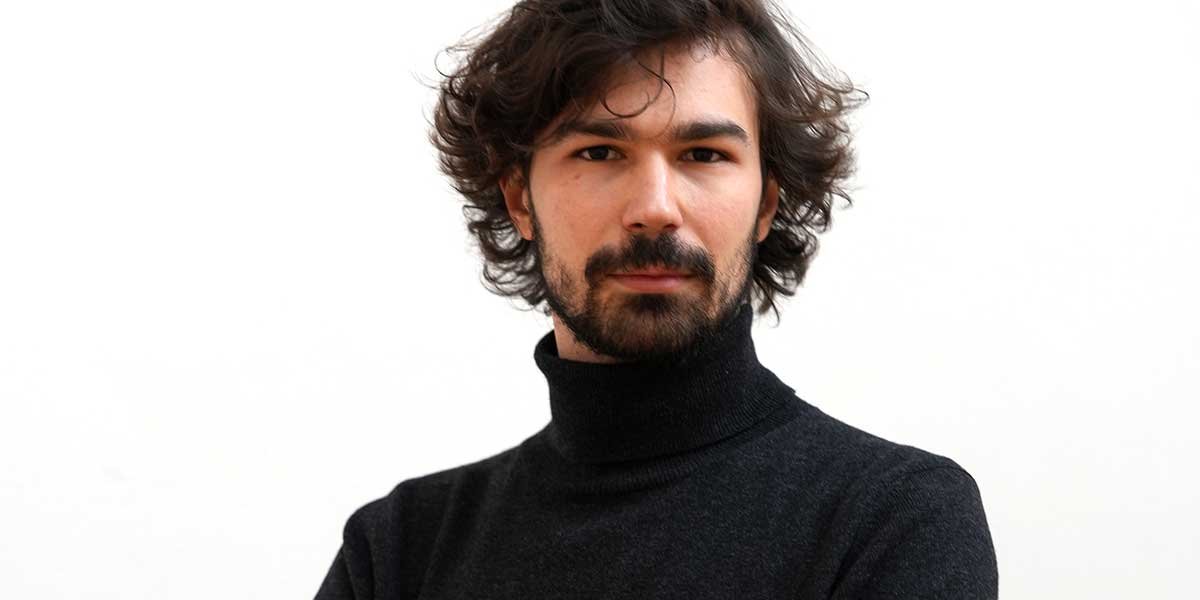by Evi Mibelli.
Writing about Massimo Iosa Ghini forces you to travel back in time. It was 1986 and as architecture students in Milan we had the opportunity to get to know each other and share, together with other fellow students, ideas and projects that would determine everyone’s individual destinies.
Years of turmoil, of intuitions and visions that would soon be framed in the greatest revolution of the end of the century: the advent of the Internet. With the foreseeable consequences of the case. The precursors were already there, starting from the end of the Seventies: the birth of private TV, alternative radios, a new way of thinking about communication and advertising, the consecration of Italian design at an international level and the contextual emergence of artistic avant-gardes who had become spokespersons for the anxieties and urgency of interpreting the world that was changing.
Al secolo i gruppi milanesi di Memphis e di Alchimia, eredi del Radical Design degli anni ’60. It is no coincidence that Bologna, the city where Massimo Iosa Ghini was born, is a lively crossroads of underground young people engaged in the world of communication, music and entertainment. So much so that the D.A.M.S. was born in 1980. by will of Umberto Eco.
Massimo Iosa Ghini.

And it is precisely from comics that we start. In those stories and in those drawings created for Frigidaire, Alter Linus, Vanity, Massimo Iosa Ghini expresses his very personal research on the subject of signs and language. Shortly afterwards, the Bolidista Movement was born, of which Massimo Iosa Ghini was one of the founders.
“The 80s were years in which the role of the media and communication emerged which would influence the entire world of creativity and design. The spaces of expression expand, we move casually from one area to another. Different means of expression are investigated and experimented with. In short, I would say that the atmosphere was particularly full of energy and optimism. The Bolidismo movement was linked to the idea of speed. At the time there was no internet yet, yet there was a sort of precognition of the idea of simultaneity, of a world in which information would travel at an almost instantaneous speed. Everywhere. And the reaction was to represent speed within the physicality of objects and places. Transforming them, above all, into messages’”.
Newtone sofa, Moroso, 1989. Monographic exhibition c/o Mambo, Bologna, 2014.
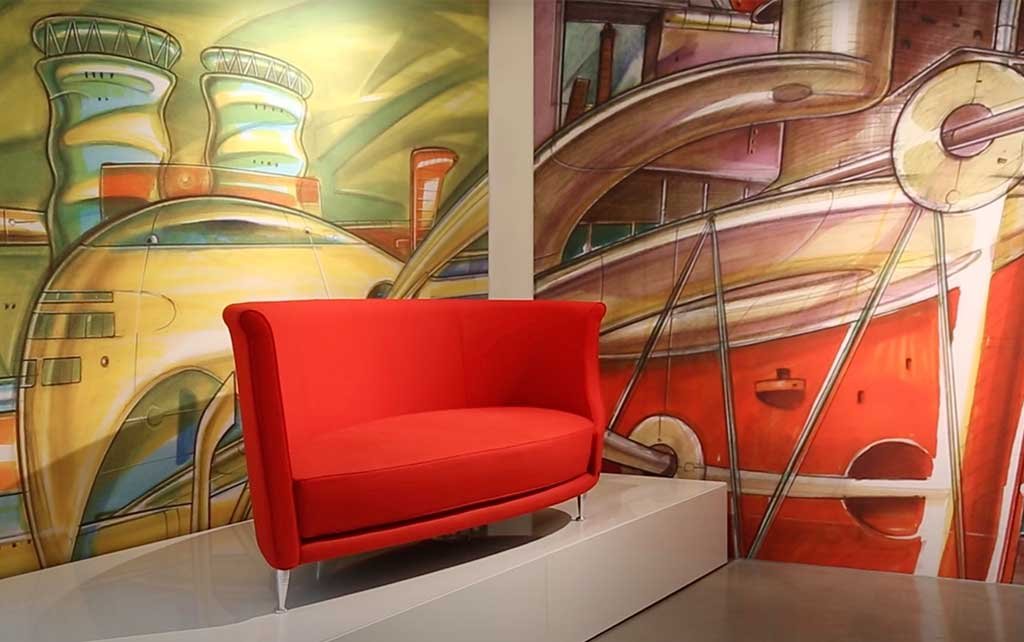
It is no coincidence that he was noticed by Ettore Sottsass who called him among the emerging young people, in the Memphis group for which he designed, for example, the Otello armchair. Not only that. In the same period, the Moroso company will create its first object – Poltrona Numero 1 – which is in fact the manifesto of the bolidista movement. From there the collaboration that will lead him, in the years to come, to have international visibility and recognition.
In 1990 he founded Studio Iosa Ghini Associati, developing projects that range from the world of interiors and furnishings (from Poltrona Frau to Snaidero, from Duravit to Fiam, from Dornbracht to Cassina, etc.) to installations (exhibitions, museums, television sets, trade fairs ), to retail and architecture. Among his best-known works, the development of the Ferrari Store and Kiko Milano Store around the world, the interiors of the Brickell Flatiron in Miami, the Kropcke metro station in Hannover, the People Mover transport system between the airport and the station of Bologna.
Subway, Kropcke Station, Hanover, 2000.
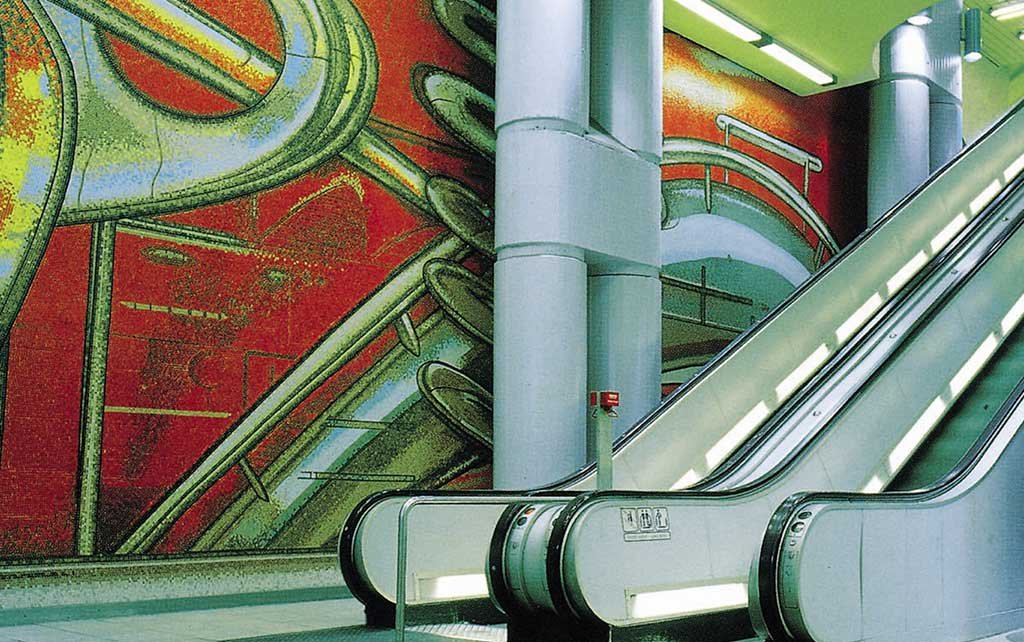
In practice it is the post-modern representation of the humanist of Renaissance memory. There is no area in which Massimo Iosa Ghini has not managed to bring his vision and philosophy of the project. Keeping intact that optimism, at times hedonistic, which will allow him to never lose the pleasure of creating objects and environments that dialogue with their surroundings and with people. There is no design scale that he has not addressed, adopting Alessandro Mendini‘s definition of “horizontal architect”. That is, capable of looking at the total and not just the specific.
DORIAN mirror for FIAM, awarded with the Good Design Award 2017.
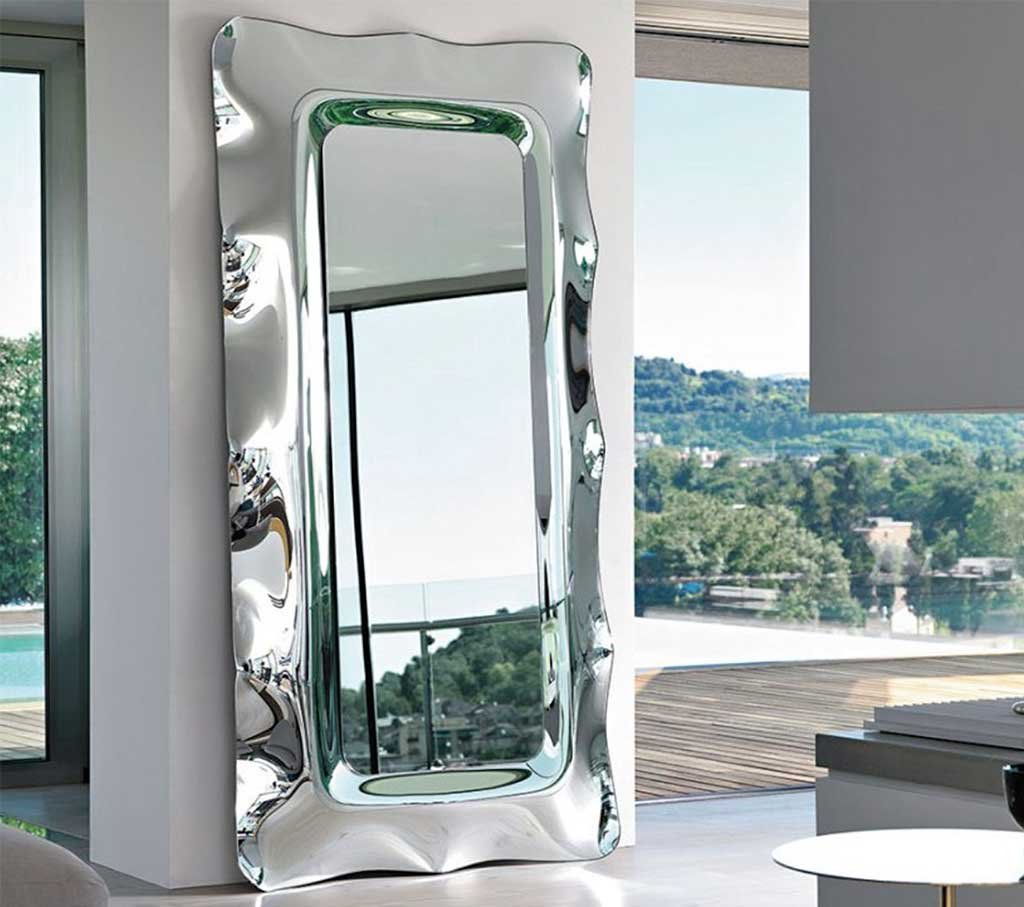
But what is Massimo Iosa Ghini like today? “I retain the optimism of my origins even if, necessarily, it must be calibrated to the spirit of the times in which we live. I find that enthusiasm is generative, it is the energy that starts the creative process. A sort of instinctive drive that also has the merit of being authentic. Maintaining this type of attitude certainly brings about proposals that must, however, be measured against today’s context and the problems it poses. It is important to have a conscious approach to the role of the project, which is not only creation but also communication and problem solving – from compliance with regulations, to technological innovations, materials – in a participatory form.
A choral vision where the different skills must find harmony, produce harmonious responses with the changes. However, without losing identity, without losing the message, built today more than ever, on images. “Enthusiasm is a rare commodity today, doubt and the fear of being criticized prevail. In the end you have to feel satisfied. And don’t pay too much attention to reviews. Objects and environments must give you pleasure. You must be happy to be there. Efficiency and functionality are not enough. In practice, I don’t like the status quo and I think it is essential to continue looking for alternative ways to interpret reality. Because there isn’t just one, there are many”
IBM Briefing Center, Rome, 2010. Photo Studio Iosa Ghini Associati.

Today, in this first quarter of the 21st century, we are faced with unavoidable challenges. First and foremost that for the Environment and its protection. The theme of sustainability is central but the feeling is that it is addressed with an almost punitive spirit which contrasts, fortunately, with Iosa Ghini’s vision open to the future.
It makes its own the theme of energy efficiency and technical innovation, of conscious planning regarding the impacts that this generates on the contexts in which it is placed without, however, giving up the aspect of surprise and discovery: “The truth is that we must do sustainable things that are also beautiful and pleasant, we cannot limit ourselves to the mere use of green technologies“.
Frame kitchen designed for Snaidero, winner of the Good Design Award in Chicago in 2018. A refined expression of domestic imagery with classic references.
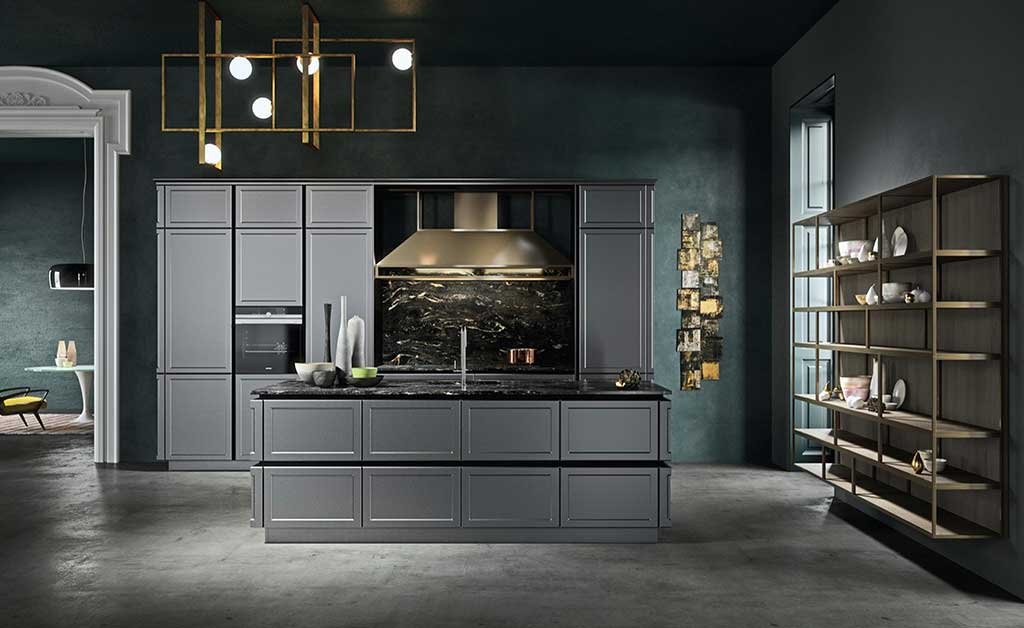
The concept of osmotic architecture is his, a happy synthesis where the environment designs the architecture and vice versa. And this is accompanied by meticulous attention to the system aspects that must integrate with the architectural needs. Always returning an artefact with strong visual, linguistic and aesthetic elements. It is time not to always build new (the problem of land consumption, editor’s note) but to build less by recovering and enhancing what is already available and simply requires to be re-interpreted.
FLOAT sofa with removable cover designed for Felis, 2023.

And what about Artificial Intelligence? The new frontier of the man-machine relationship and its influence on the daily life of the profession?
“It is a strong, important theme. Which requires deep reflection on the impact that this technology will have on the future of design and architecture. It is a tool that is already used but must be governed, it needs a ‘pilot’ to coordinate it. And to be honest, I believe that this aspect is possible and plausible more in architecture than in design. The A.I. will certainly contribute to speeding up the processes linked to the technical, bureaucratic and regulatory aspects linked to the world of construction. I fear, however, that in the field of design we will be faced with scenarios where this technology could exempt, I don’t know in what way, the human creative component. This will be an interesting challenge with implications that will go well beyond simple ‘producing’. We’ll see”
People Mover, monorail connection between Bologna Marconi Airport and the railway station, 2020. Photo Francesco Bosi.

On the cover, Sketch for the interiors of the Superga Stores – Monographic exhibition c/o Mambo, Bologna 2014.



